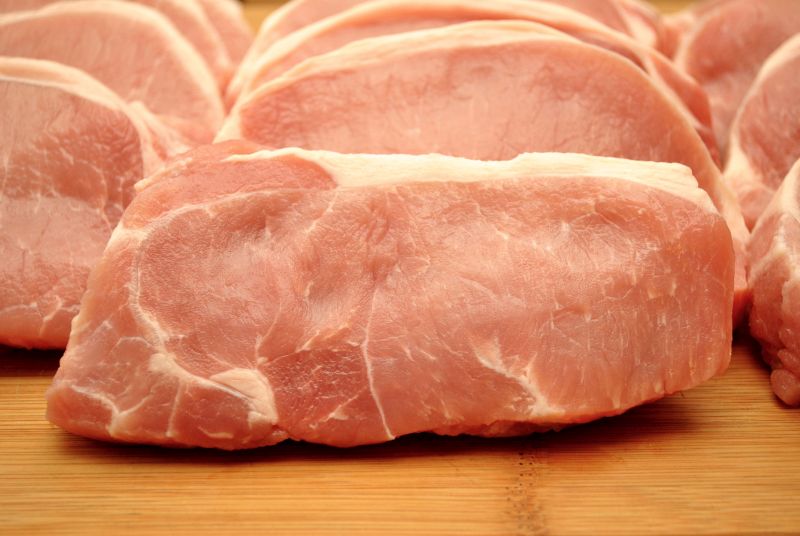
Scottish pig producers are benefiting from a slow and persistent rise in prices which have climbed 10% since the beginning of April to stand currently 8% above last year’s level.
However, while this is positive for the pig sector and is in sharp contrast to the current declines year-on-year of 12% for prime cattle and 6% for prime lambs, it still masks some significant challenges, according to Quality Meat Scotland (QMS).
“When considered in Euros, the current GB pig price is down 0.5% which is in sharp contrast to the average prime pig price received by European pig producers which is up 23.5% on a year ago,” said Stuart Ashworth, QMS Director of Economics Services.
“Having had one of the highest producer prices across Europe, well ahead of the major pig producing nations like Denmark, Germany, the Netherlands, Spain and France, all of these nations, with the exception of the Netherlands, are currently seeing producer prices higher than in the UK.
“This change in balance in prices will make the UK a less attractive export destination for these producers,” he added.
Across Europe the movement in producer prices for pigs is substantially different to that for beef and lamb.
The European Commission report the average price for prime steers across Europe to be down 9.5%, although this is heavily impacted by the high proportion of UK steers in this average.
Nonetheless, the combined EU average steer and young bull price is 6% lower than a year ago while prime heifers are just over 5% lower than last year and cows 4% lower.
Similarly, the European Commission report prime lamb prices, on average across Europe, are currently 9.5% lower year on year.
Extra trade created by ASF
The outbreak of African Swine fever (ASF) in Asia has created extra trade in pigmeat and in the first four months of 2019.
The European Union increased exports to China by 37% while supplies to Vietnam increased by 75%.
According to Mr Ashworth, total exports outside of the EU by member states increased by around 175,000 tonnes in this period.
With the quantity of pigmeat produced in the EU marginally down over this period, this growth in export opportunity has helped to underpin European prices.
The UK has also benefited from growth in exports to China and Hong Kong of a similar level.
Meanwhile, over the first half of the year the UK slaughtered 3% fewer prime pigs but because of higher carcase weights, produced 1% more meat.
The growth in exports to Asia is therefore welcome in balancing the home market where retail demand is still a challenge.
'Challenging retail situation'
Kantar Worldpanel consumer research for the quarter ending in mid-May showed pork volume sales relatively similar on the year.
However, the value of these sales had declined nearly 3% meaning the consumer was buying cheaper cuts or retail prices have fallen.
Processed products like bacon and sausages saw reduced demand.
“This challenging retail situation is shared with beef where for the same period Kantar Worldpanel report volumes sold down 3% and value down 3.5%,” said Mr Ashworth.
“In contrast, the volume of lamb sold increased by 0.7% with its value increasing by nearly 5%.
“With this reporting period including Easter, this would suggest a firmness in the demand for lamb at Easter this year,” he added.
